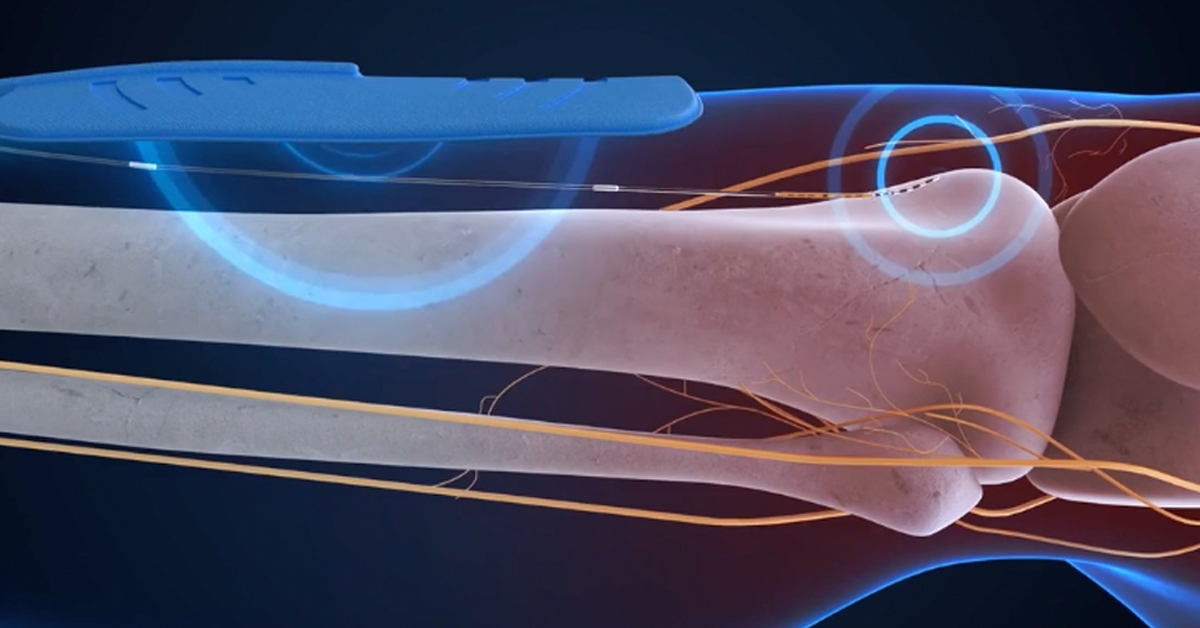
Can You Drive with a Nerve Stimulator in the Knee?
Living with chronic knee pain can be debilitating, impacting daily activities and overall quality of life. For many, a nerve stimulator offers significant relief by sending electrical impulses to nerves around the knee, blocking pain signals. If you're considering or have recently undergone nerve stimulator surgery, you might be wondering how it affects your ability to drive. This blog will explore the implications of having a knee nerve stimulator and what you need to know about driving safely.
Understanding Nerve Stimulator Surgery
What is a Nerve Stimulator?
A nerve stimulator, also known as a peripheral nerve stimulator (PNS), is a device implanted under the skin near the affected nerves. It delivers electrical impulses to interrupt pain signals sent to the brain. This minimally invasive procedure can provide significant pain relief for those who haven't responded to traditional treatments.
The Procedure
The surgery involves placing the stimulator through small incisions, and the device is programmed to deliver the optimal level of stimulation for pain management. Recovery involves a period of rest followed by gradual physical activity, including physical therapy to regain strength and mobility.
Driving After Surgery
Immediate Post-Surgery Period
Immediately after the surgery, it's advised not to drive. The initial recovery phase involves managing pain and swelling, and you may be taking medications that can impair your ability to drive. Additionally, movements might be restricted, making it unsafe to operate a vehicle.
Consultation with Your Doctor
Your doctor will provide specific guidelines on when it's safe to resume driving. Typically, patients are advised to avoid driving until they are no longer taking narcotic pain medications and can move their knee comfortably and without significant pain. This period can vary depending on individual recovery rates, but it generally spans a few weeks.
Factors to Consider
Several factors influence when you can safely return to driving:
- Pain Management: Ensure that pain levels are controlled without the need for medications that can impair your alertness or reflexes.
- Range of Motion: You need to have sufficient range of motion in your knee to comfortably and safely operate the pedals.
- Reaction Time: Your ability to react quickly in emergency situations should not be compromised.
- Comfort with the Device: Make sure you're accustomed to the sensations of the nerve stimulator and confident it doesn't distract or discomfort you while driving.
Long-Term Driving Considerations
Adjusting to the Device
Most patients adapt to the sensations produced by the nerve stimulator within a few weeks. It's crucial to feel comfortable with the device's operation and not be distracted by its sensations while driving.
Regular Check-Ups
Regular follow-up appointments with your healthcare provider ensure that the stimulator is functioning correctly and not causing any complications. It's also an opportunity to discuss any concerns you might have about driving or other activities.
Legal and Safety Considerations
Legal Requirements
In some regions, there might be specific legal requirements or recommendations regarding driving after a surgical procedure. It's essential to check local regulations and discuss them with your healthcare provider to ensure compliance.
Safety First
Your safety and the safety of others on the road are paramount. If at any point you feel unsure about your ability to drive safely, it’s best to err on the side of caution and seek alternative transportation options until you’re confident in your abilities.
Tips for Safe Driving with a Nerve Stimulator
Start Slow
When you first resume driving, take short trips to ensure you're comfortable and capable of operating the vehicle safely.
Ensure Comfort
Adjust your seat and vehicle controls to ensure the most comfortable driving position, reducing strain on your knee.
Be Mindful of Sensations
Be aware of any unusual sensations or discomfort caused by the nerve stimulator and stop driving if you experience any issues.
Stay Alert
Always stay alert to your surroundings and ensure your reaction times are not compromised by pain or discomfort.
Driving with a nerve stimulator in the knee is generally possible once you've adequately recovered from surgery and no longer require medications that impair your ability to drive. It's crucial to follow your doctor's advice, ensure you're comfortable with the device, and prioritize safety at all times. By taking these precautions, you can enjoy the benefits of pain relief while maintaining your independence and mobility. If you have any concerns about driving post-surgery, consult with your healthcare provider for personalized advice and guidance.
